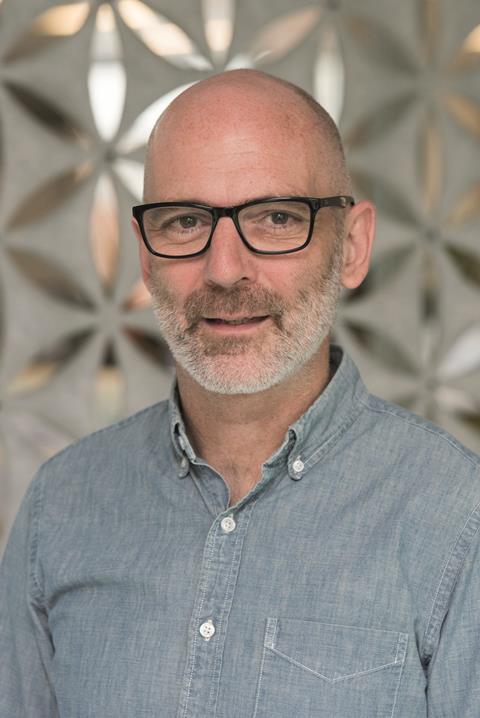Concentrating on operational use means we fail to track and understand the true carbon footprint of buildings, says Chris Carroll

Net-zero buildings are a constant topic of conversation across the construction industry, as we know success in this area is crucial if we are to play our part in tackling the climate crisis. Working to assess and reduce emissions from buildings needs now to be at the heart of all projects.
However, as we carry out this work, too often we focus primarily on how to measure and reduce carbon from operational use. While this is vital if we are to reach net zero, it is not the whole story.
Concentrating just on operational use means that we fail to track and understand the true carbon footprint of buildings across their whole lifecycle – leading to a significant portion of emissions going undetected and therefore unaddressed.
At Arup, we worked with the World Business Council for Sustainable Development to research this earlier in the year – carrying out six case studies of buildings, analysing and comparing their whole-lifecycle carbon footprints as part of a report entitled Net-zero buildings: Where do we stand? We found that as much as 50% of the buildings’ wholelife carbon emissions came not from operational emissions, but from embodied carbon, the emissions associated with the construction and life cycle maintenance and refurbishment of the buildings.
This research provides a small sample which highlights a larger message – that to make progress in achieving decarbonisation, we first need a clear understanding of all carbon emissions in the building system over a full lifecycle.
We should be examining all areas of our work to assess how to further reduce our impact. Carrying out whole-life assessments, then publishing the results to create a body of evidence and encourage others to do the same, will help us towards the deep reductions required. As would developing consistent and accessible carbon intensity data on the components, systems and materials we use.
At the moment, a failure to do this means the industry currently does not know where it stands when it comes to carbon emissions – a fact which surely hampers our progress. Gaining that understanding is the first step in ensuring we are fully striving for a net-zero built environment.
Chris Carroll is the building engineering director at Arup
Ideas for positive change

This is part of our Countdown to COP26 coverage in the lead up to the world climate conference in Glasgow in November. We will be publishing more big ideas about ways to tackle the climate emergency over the coming weeks and you can find more here.



























No comments yet